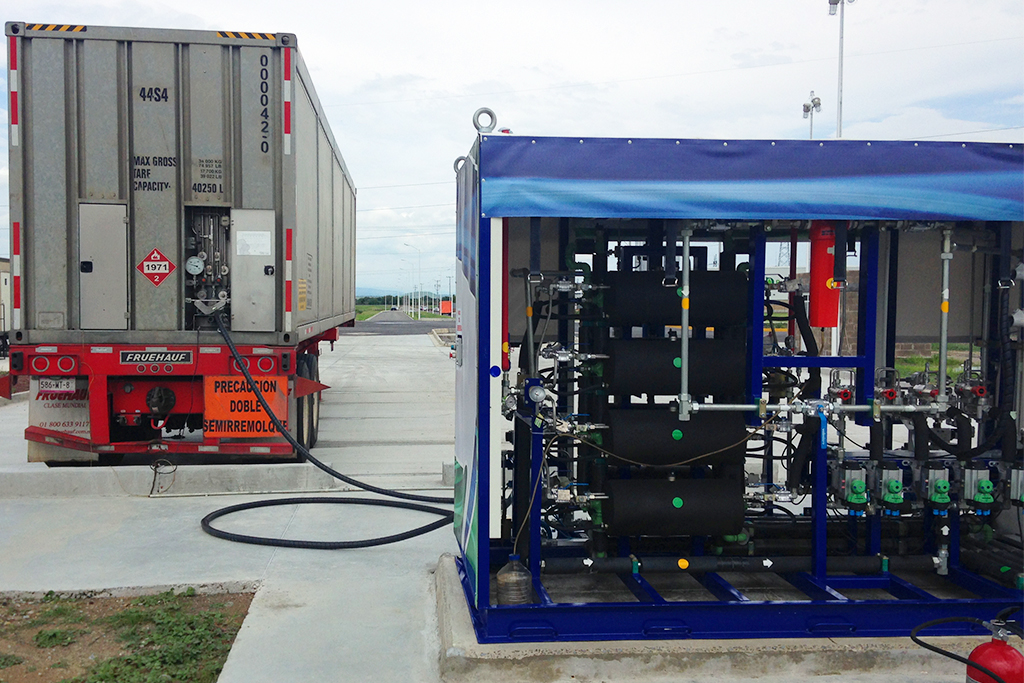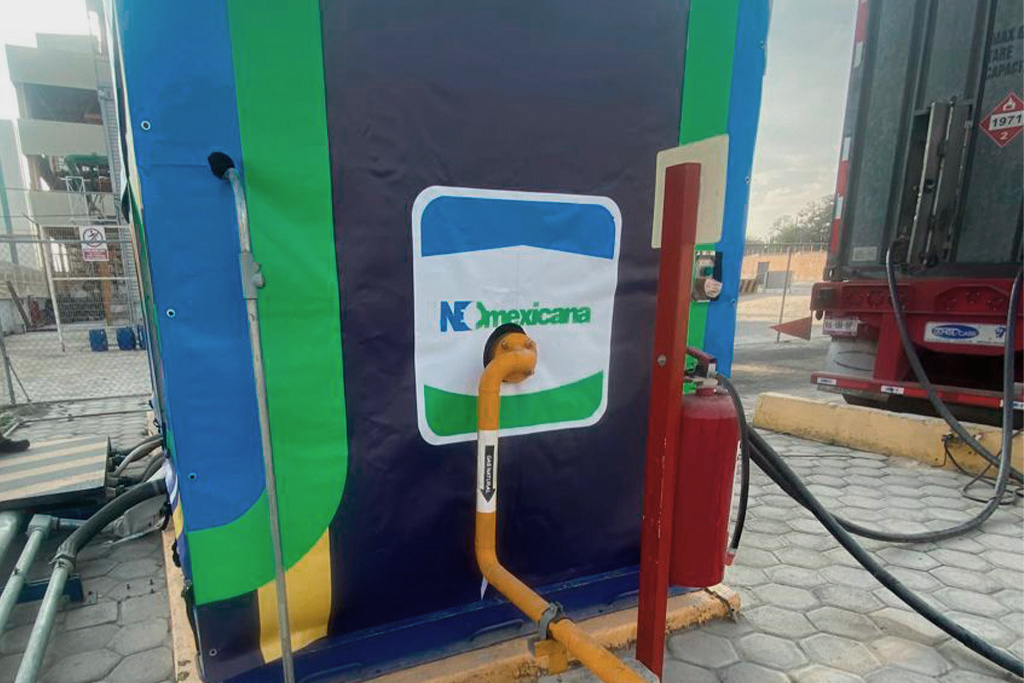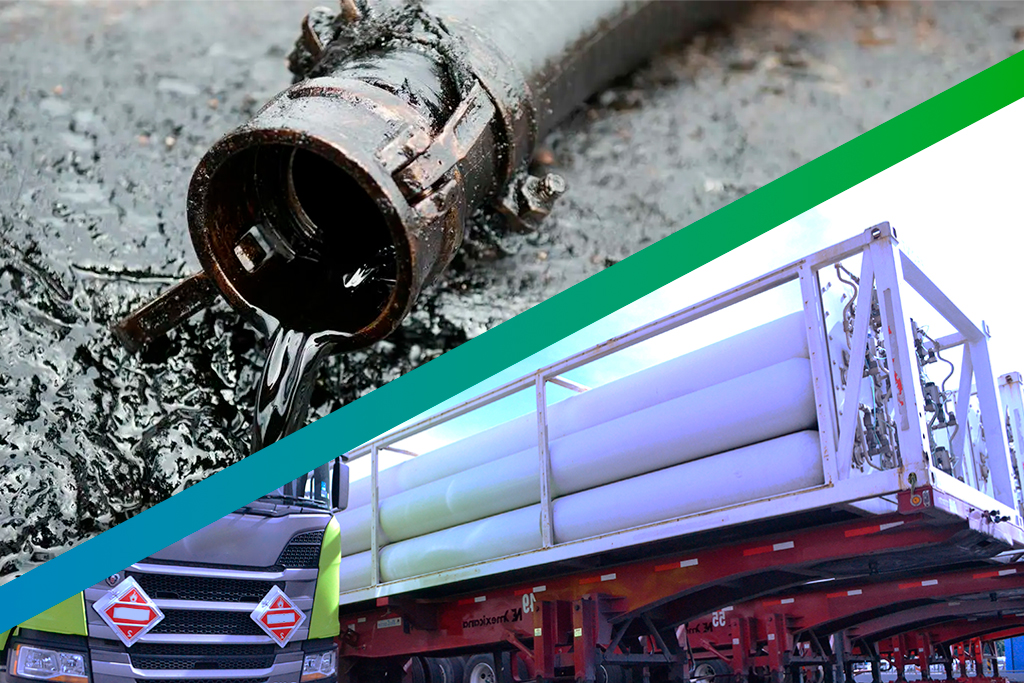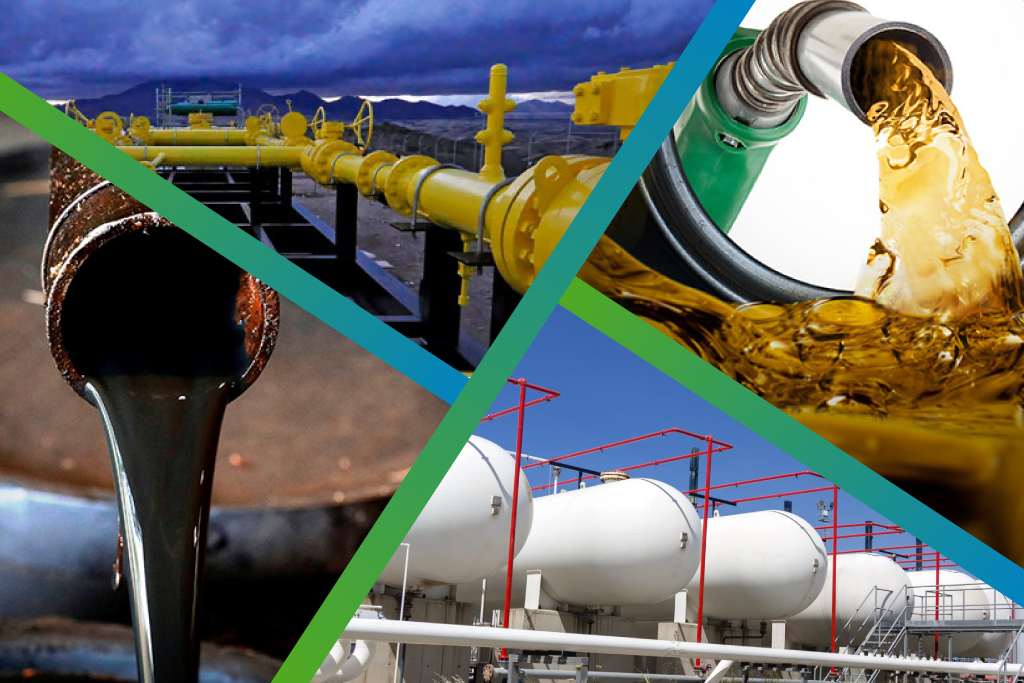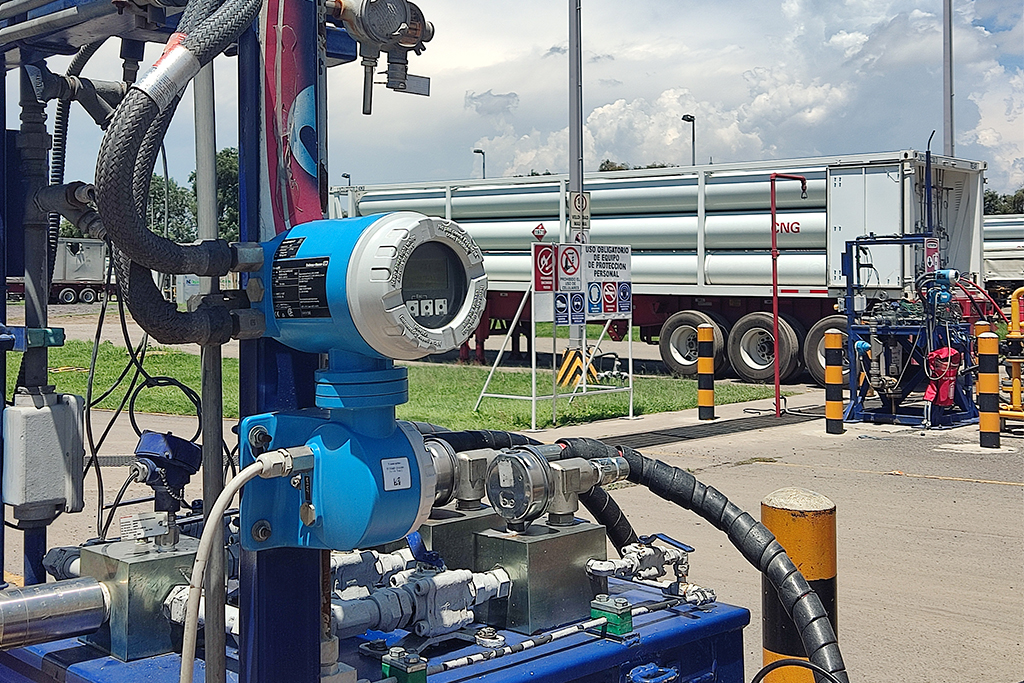Guide for a successful transition: from LPG to CNG in an Industrial Plant
In the dynamic industrial environment, the search for more economical, efficient and sustainable energy alternatives has become a priority. The transition from LPG to Compressed Natural Gas (CNG) in industrial plants highlights several benefits, such as:
- Cost reduction – CNG tends to show greater savings in many regions of the country.
- Decrease in greenhouse gas emissions – Helping plants reduce their carbon footprint.
- Lower risk of explosions – Natural gas, being lighter than air, tends to disperse more quickly in the event of a leak, reducing the risk of gas buildup and possible explosions compared to LP gas, which is heavier than air and can accumulate.
Next, we will explore the practical steps that can be followed to carry out a successful transition.
- Evaluation.
The first step is to conduct a thorough evaluation of the plant. This assessment will provide a clear understanding of the investment requirements.
The assessment should begin with a detailed analysis of the internal piping network. The good news is that, in most cases, it is possible to reuse the same infrastructure, as long as they comply with natural gas compatibility standards, as established in NOM-002-SECRE-2010. . On the other party the conditions of the equipment that will use the fuel must be identified, and it is necessary to identify which will require changes in the gas regulators, which, in most cases, represents a minimal or null investment. Also, the use of CNG will require a designated area where the gas decompression equipment will be installed, as well as the unloading bays for the containers (the plant must have sufficient space for maneuvering with the tractor-trailers).
- Cost and Benefit Analysis:
It is essential to consider not only the initial transition costs, such as the installation of new equipment, but also the long-term savings in fuel consumption and maintenance. Presenting a detailed cost-benefit analysis will help support the decision to change.
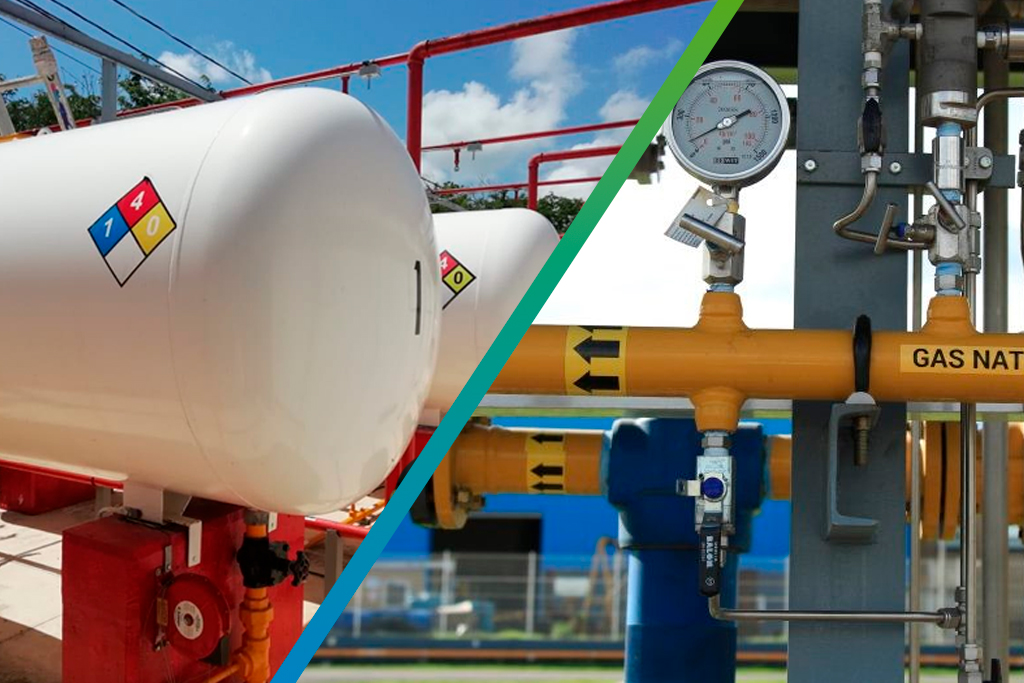
- Supplier Selection:
The selection of CNG suppliers should be a decision based on reliability and experience. It is crucial to look for companies with a proven track record of successful implementation of CNG systems in similar industrial environments. In addition, it is imperative to assess that they have the relevant permits, as well as quality and environmental compliance certifications, which ensure continuous and transparent logistics in measurement, molecule costs and billing.
- Implementation Planning:
Once evaluations have been completed and vendors have been selected, the next step is detailed implementation planning. Maintenance personnel should coordinate closely with engineering and operations teams to minimize downtime during the transition. A sound plan should address equipment installation, staff training and process adaptation to ensure a smooth transition.
- The Beginning
Continuous monitoring of CNG system performance plays a key role. This involves implementing real-time monitoring systems and collecting data to assess efficiency and make adjustments as needed. This proactive approach ensures that the plant is operating optimally and identifies opportunities for continuous improvement.

